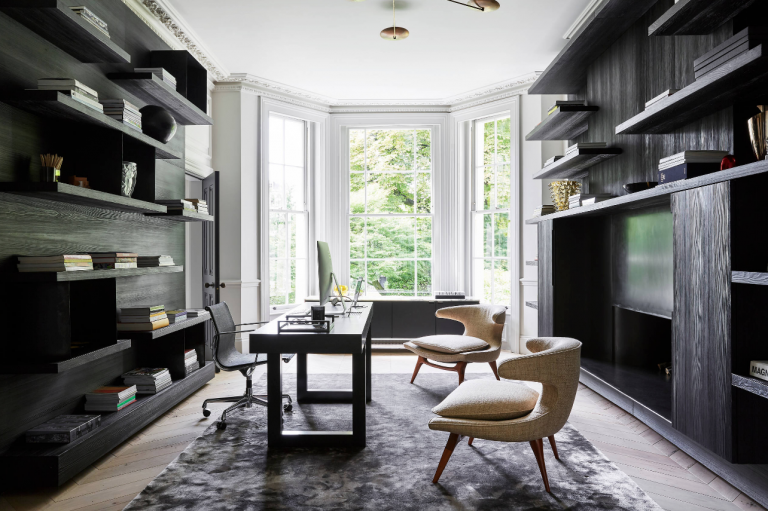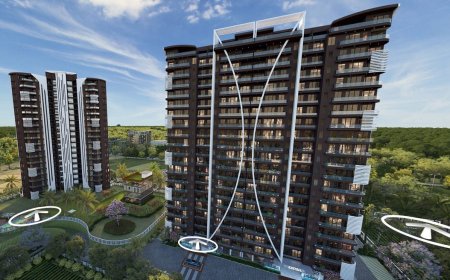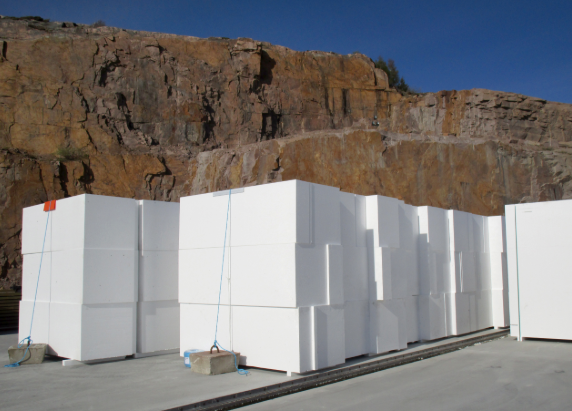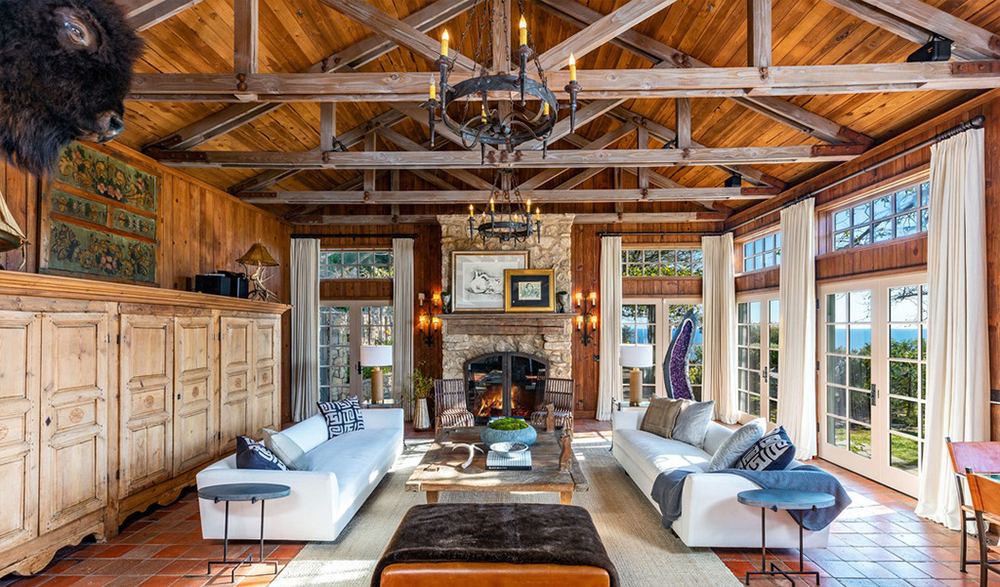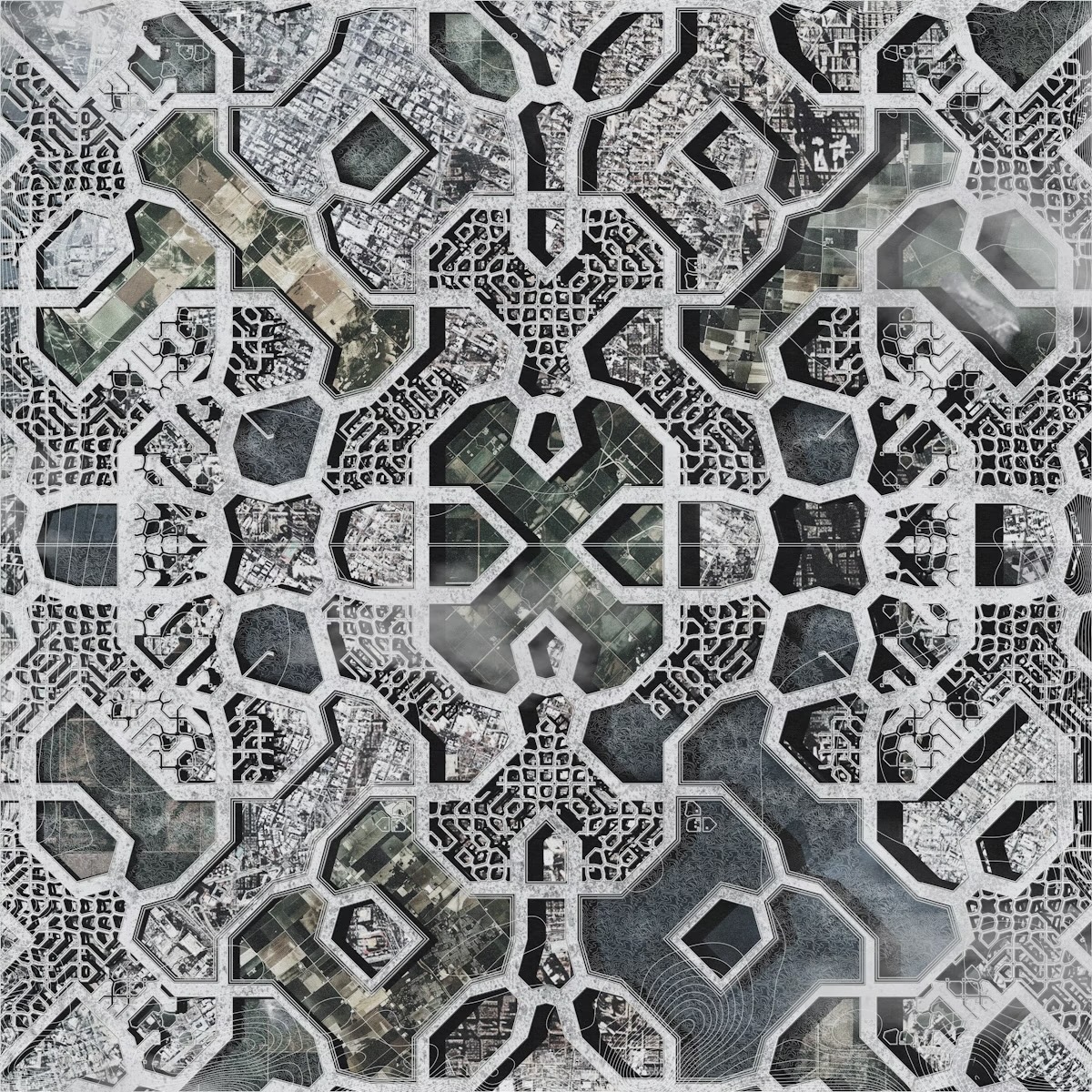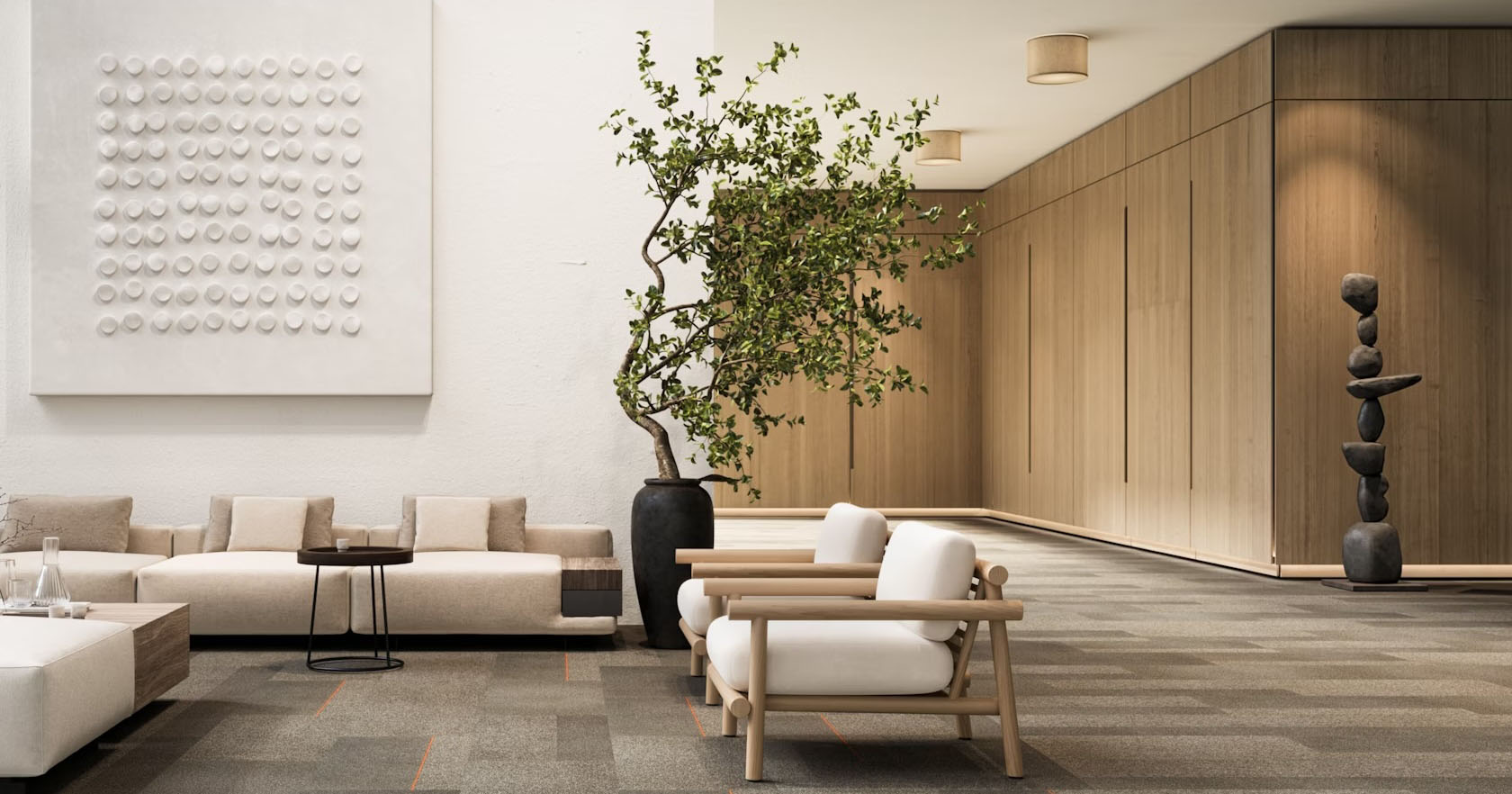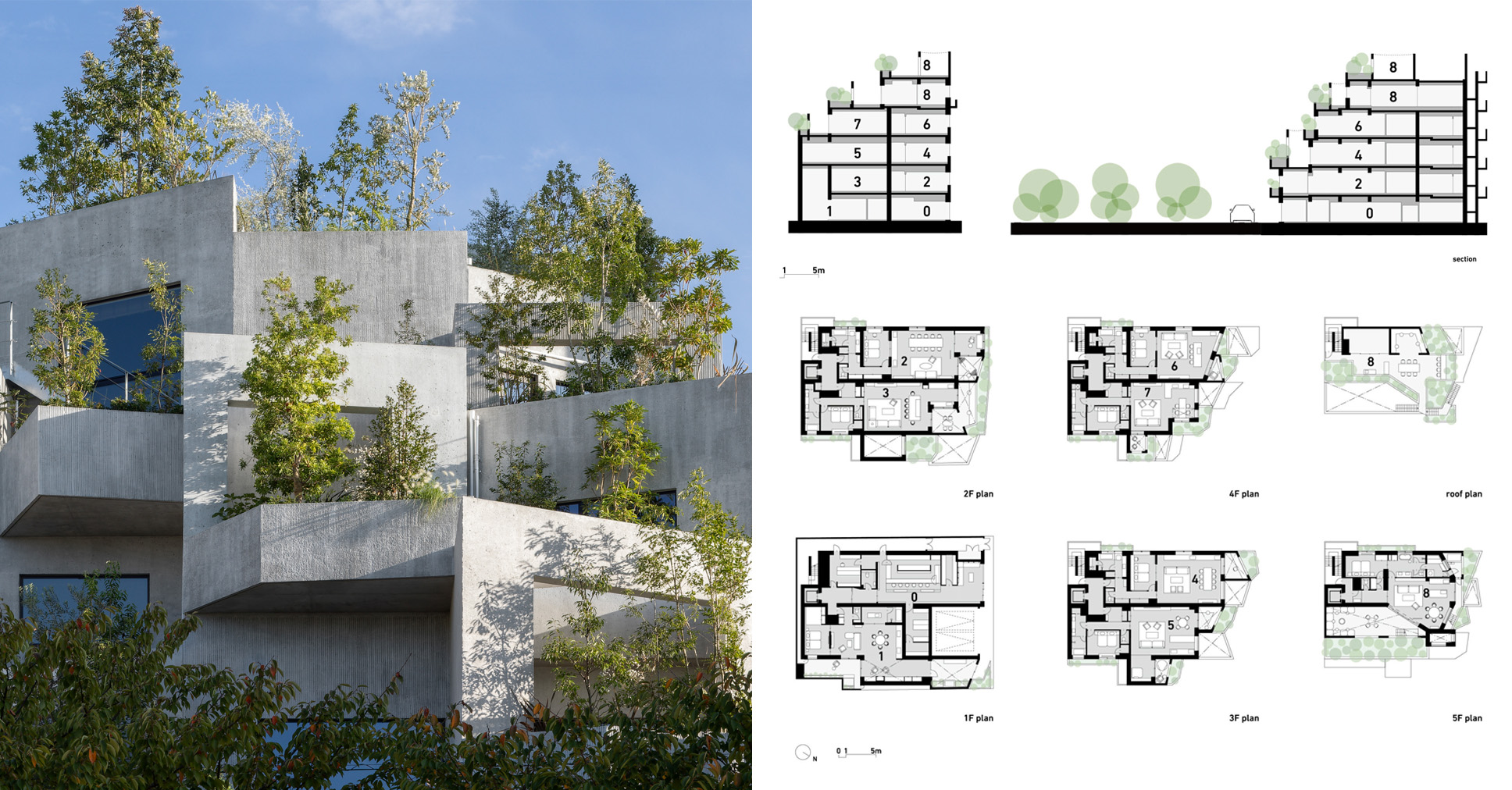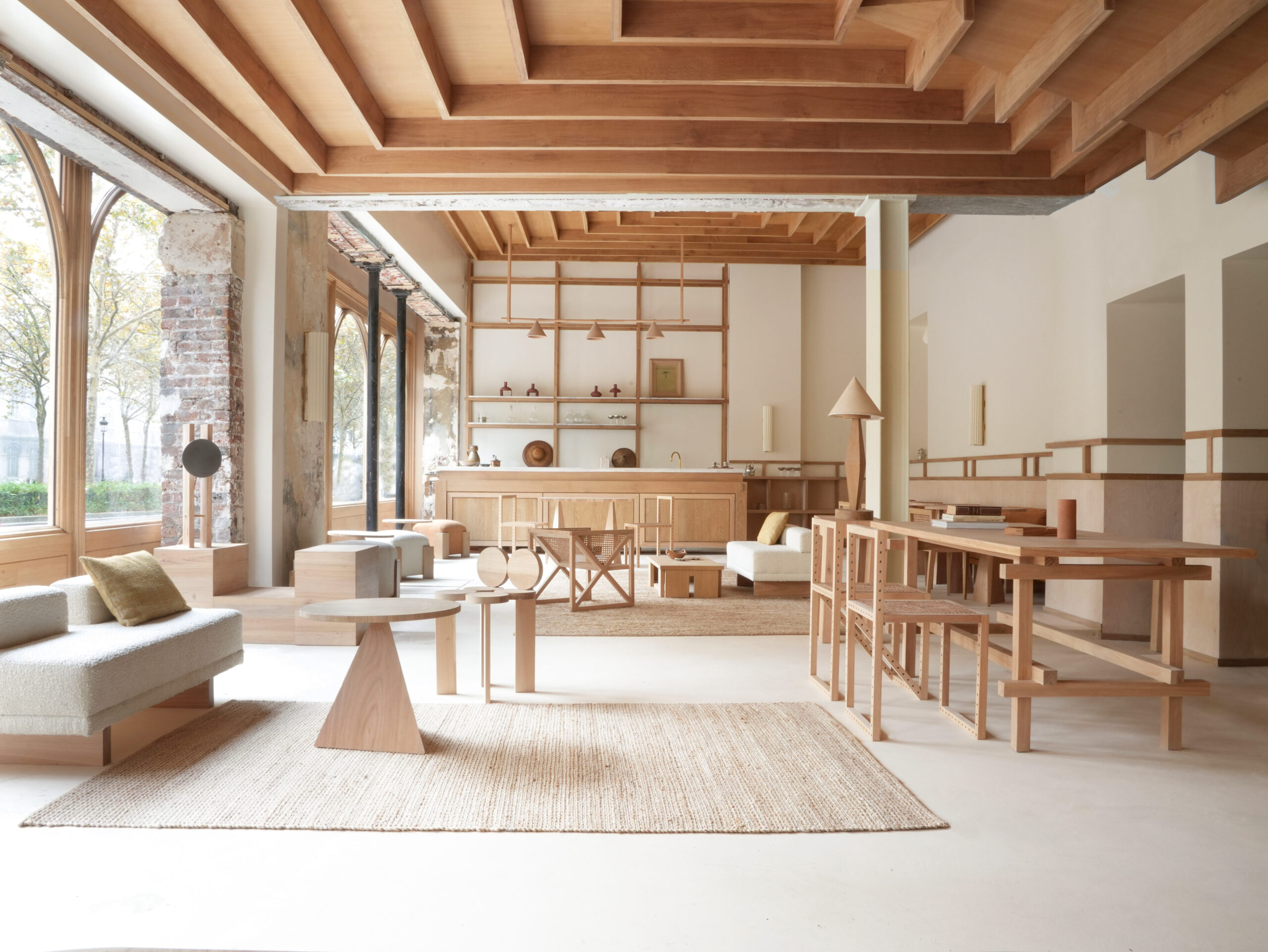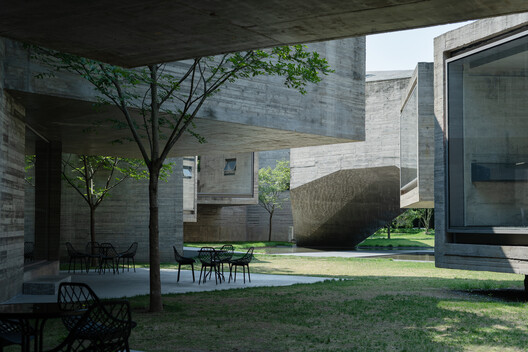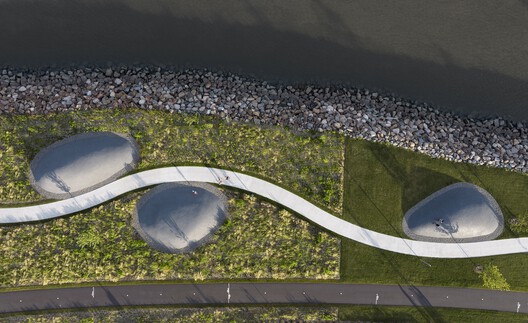The Power of Scale: How Proportions Shape Human Experience

 Astronomical Park of Zhenze High School / Specific Architects + Unit Architects. Image © Hengzhong LYU
Astronomical Park of Zhenze High School / Specific Architects + Unit Architects. Image © Hengzhong LYU
The way we perceive and experience spaces extends beyond aesthetics—they directly influence our emotions, thoughts, and even creativity. Spacious environments with high ceilings often evoke a sense of freedom and inspiration, while smaller, enclosed spaces encourage focus and introspection. This is not merely a subjective impression but a scientifically studied phenomenon. In the 1960s, anthropologist Edward T. Hall introduced the term "Cathedral Effect" to describe how ceiling height impacts cognition and behavior. More recent research has expanded on this idea, demonstrating how architecture shapes decision-making and emotional states in various contexts.















